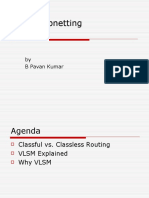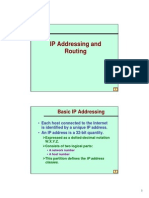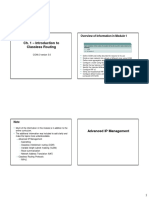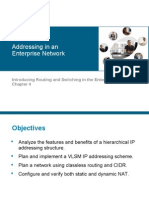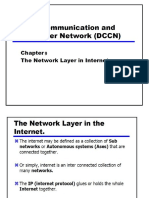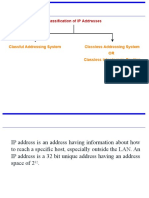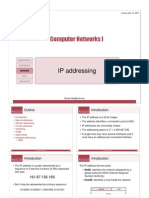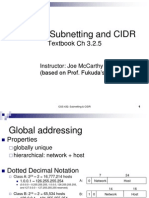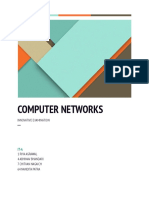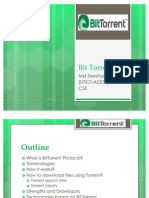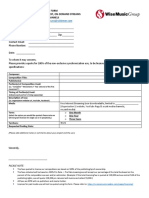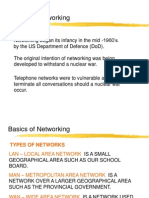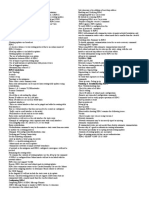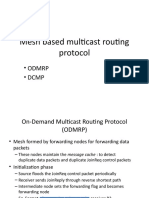0% found this document useful (0 votes)
23 views54 pagesClassless Interdomain Routing
CIDR (Classless Inter-Domain Routing) was introduced in response to the rapid growth of the Internet and the limitations of IPv4 address space, allowing for more efficient address allocation and routing table management. It eliminates traditional class-based addressing, supports route aggregation, and enables ISPs to allocate address blocks to customers without a centralized authority. CIDR also requires classless routing protocols for dynamic routing and helps mitigate issues like route flapping by summarizing routes.
Uploaded by
kayathritl.eceCopyright
© © All Rights Reserved
We take content rights seriously. If you suspect this is your content, claim it here.
Available Formats
Download as PDF, TXT or read online on Scribd
0% found this document useful (0 votes)
23 views54 pagesClassless Interdomain Routing
CIDR (Classless Inter-Domain Routing) was introduced in response to the rapid growth of the Internet and the limitations of IPv4 address space, allowing for more efficient address allocation and routing table management. It eliminates traditional class-based addressing, supports route aggregation, and enables ISPs to allocate address blocks to customers without a centralized authority. CIDR also requires classless routing protocols for dynamic routing and helps mitigate issues like route flapping by summarizing routes.
Uploaded by
kayathritl.eceCopyright
© © All Rights Reserved
We take content rights seriously. If you suspect this is your content, claim it here.
Available Formats
Download as PDF, TXT or read online on Scribd
/ 54








